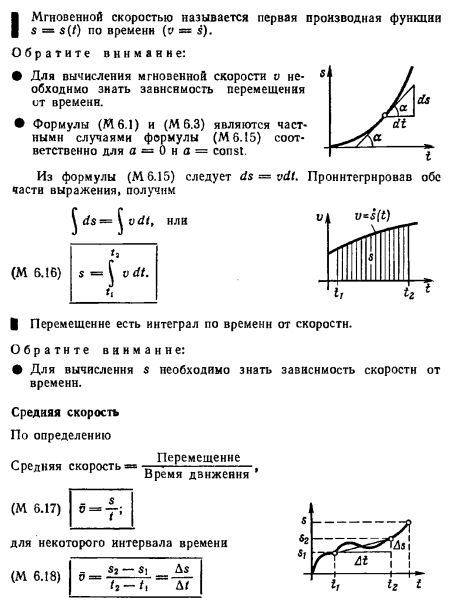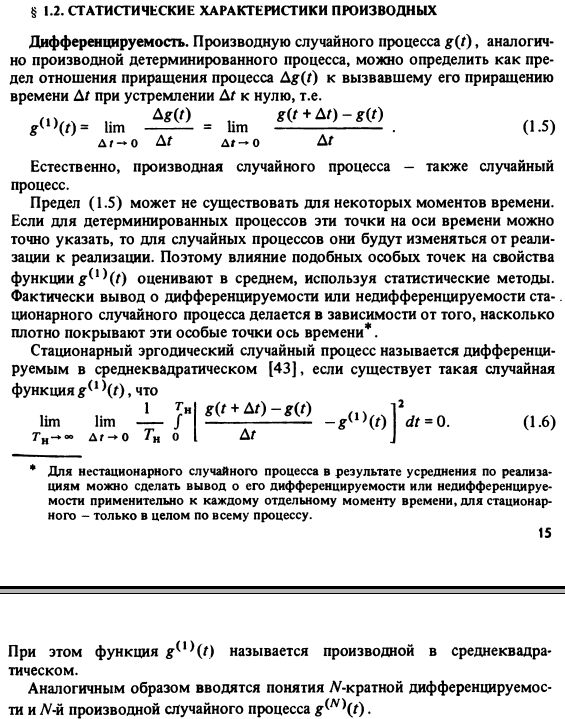Yes, an interesting question. What's even more interesting is the speed at which the price BELIEVES to move.
P.S. What about the standard definition of speed (v=(S2-S1)/(t2-t1)?
P.P.S. And if you also attach something like a news calendar to it? Probably, it will turn out that each news has its own time of "violent reaction".
If you think about it, there are several options.
1. The difference between the price now and the price a few bars ago divided by the number of bars.
2. Before getting from point 1 to point 2, the price may have wiggled, i.e. its speed will actually be higher than in point 1. Therefore we need to calculate the length of the price path and divide it by the number of bars. The sum of absolute values of the price difference on one bar divided by the number of bars.
If you want to determine the speed within one bar, you can use the number of ticks. Volume[0]/(TimeCurrent()-Time[0]).
4. Something else can probably be invented.
Does the author of the book really mean it? It's textbooks like this that make people lose all interest in mathematics, physics and the exact sciences.
It seems to be theoretical mechanics, which is basic information. As for the subject, the variant with the use of tick volumes seems to me the most promising.
If you think about it, there are several options.
1. The difference between the price now and the price a few bars ago divided by the number of bars.
2. Before getting from point 1 to point 2, the price may have wiggled, i.e. its speed will actually be higher than in point 1. Therefore we need to calculate the length of the price path and divide it by the number of bars. The sum of absolute values of the price difference on one bar divided by the number of bars.
If you want to determine the speed within one bar, you can use the number of ticks. Volume[0]/(TimeCurrent()-Time[0]).
4. Something else can probably be invented.
I've just finished the first post. Turns out v=s/t. Is the author of the book really serious? It's textbooks like this that make people lose all interest in mathematics, physics and other exact sciences.
Strange reaction...
.
It's just an article from a physics handbook.
It is not the number of ticks but the number of points (pips) travelled that should be counted.
This is also possible. It is possible, nobody forbids anything. I meant the assumption that the price moves by 1 pip per tick.
- Free trading apps
- Over 8,000 signals for copying
- Economic news for exploring financial markets
You agree to website policy and terms of use



I wanted to ask the community who calculates the speed of price change.
Mostly it's news candlesticks.
One application is the action of the EA when there is a strong price change over a short period of time
For example: Strong news comes out, and it's sensible to either remove the TP - and then set a new one for the situation, or move the TP far enough away
Because it is annoying to get a take of 20-30 100 pips and then watch the price make another 5 10 or 20 take distances.